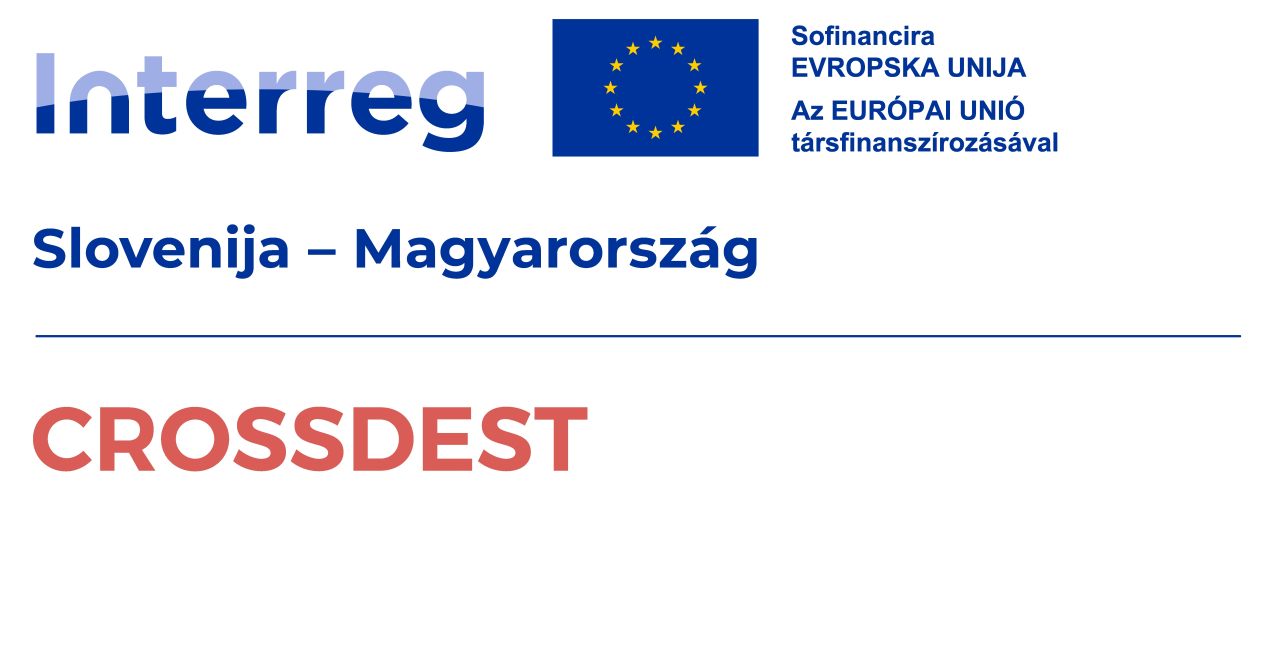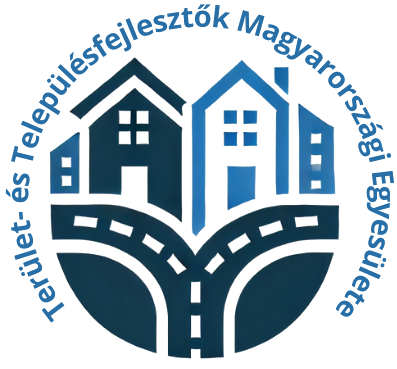Mária Út M05 útvonal Hargita megyében
The M05 section of the Mária Route in Harghita County is particularly rich in natural beauty and cultural heritage, following a gentle, south-easterly pilgrimage path that stretches from Sovata to Lunca de Sus, passing through numerous iconic Székely villages. The route enters the county from Mureș County in the west and gradually traverses the Sóvidék region, the villages of Udvarhelyszék, through Csíkszék, and finally reaches the mountainous borderlands of the Gyimes region. The landscape constantly changes: soft rolling hills give way to dense forests, mountain ridges, enclosed valleys, and high-altitude settlements. The first major stop is Sovata, located on the road towards Odorheiu Secuiesc. From here, the trail leads to Siklód – a picturesque village clinging to the hillside, a remarkable example of traditional folk architecture. In the areas of Etéd and Énlaka, pilgrims can not only find spiritual enrichment but also witness cultural treasures such as runic inscriptions and old churches. After Firtosváralja, the route passes through Székelypálfalva and arrives at Farkaslaka, the birthplace of Áron Tamási, where both folk religiosity and literary heritage are present. The fruit-growing regions of Oroszhegy and Zetelaka, along with their homemade pálinka and smoked delicacies, offer a unique rural gastronomic experience. From here, the pilgrimage continues through Kápolnásfalu to Szentegyháza, a small town at the foot of the Harghita Mountains, where the Székely brass band traditions are still alive. The route then gradually descends towards Csíksomlyó, the centre of Marian devotion in Székelyföld and one of the main destinations of the Mária Route. The pilgrimage church, the saddle, the calvary, and the Pentecost pilgrimage events live on in the collective memory of thousands of pilgrims. From Csíksomlyó, the pilgrimage route continues eastward, passing through the villages of Csíkdelne and Csíkborzsova, where medieval churches, carved Székely gates, and peaceful rural landscapes accompany the journey. The route proceeds through Csíkszépvíz in the valley, where the local mineral springs and the remains of an Árpád-era church are noteworthy. The section concludes in Lunca de Sus, where the traditionalist communities of the eastern borderlands, the Csángó culture, and the closeness of nature reveal yet another facet of Székelyföld's spiritual richness. This section not only traces the geographical arc of the region but also connects the three major centres of Székely spirituality: villages preserving folk traditions, religious sanctuaries, and literary memorial sites, while offering opportunities for physical and spiritual pilgrimage, encounters, and introspection.
Arrival
- Walk
- Horseback
- Bike
- Electric bicycle
- Motorcycle
- Car
- Bus (rented for the trip)
Sights, programs
AllWhat will you find here?
-
Public area
Public transport
- railway
- bus
Parking information
- Free outdoor parking available











